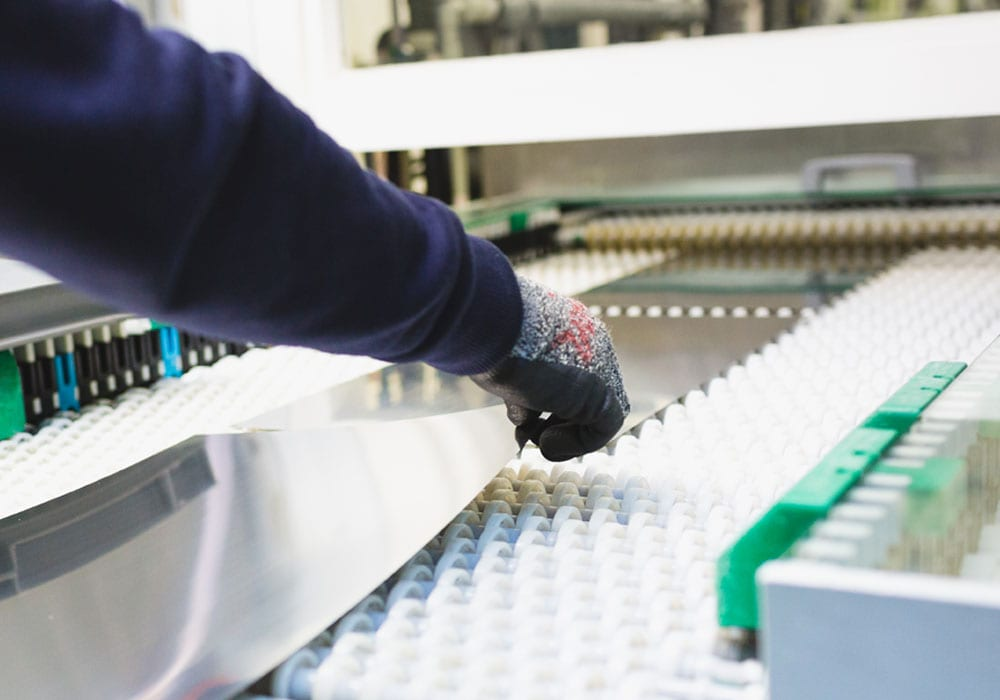Paper represents one of the biggest components of solid waste in landfills.
It measures about 5.6 million tons or 16% of total landfill solid waste. When paper decomposes in a landfill, it releases methane, a greenhouse gas 23 times more potent than carbon dioxide. Now imagine how much of the printed paper was from advertising. For instance, every year, American households receive a total of 104.7 billion pieces of junk mail, or 848 pieces of junk mail per household, which requires 6.5 million tons of paper. The sheer magnitude of waste and destruction each year from paper advertising is overwhelming. Although Green Drone is still growing, we hope to impact and influence future generations of marketers and advertisers with our sustainable and eco-friendly adverts. Such techniques include projection mapping, dissoluble interactive smart posters and environmentally friendly stencils.
A 2012 survey of nearly 3,000 global executives by MIT Sloan Management Review discovered that about two-thirds of respondents believed sustainability was necessary in today’s competitive market. And a good public image is not the only benefit of sustainable practices. Many companies produce huge amounts of waste through traditional advertising mediums. (Think catalogs, direct mail, magazines, billboards.)
Here are some examples of green advertising mediums.
Green marketing is a form of remodeling the existing methodology and modifying the production process in order to seek an appropriate fit between currently practiced procedures and ecological marketing.
When designing adverts for the following stencils, we recommend choosing large bold images with minimum text. That way the images stand out in crowded places where your message will get the most exposure.
Reverse Graffiti – A brand, logo or slogan is laser cut into a stencil. Any surface with dirt, generally in a high foot trafficked area is used. You simply wash over the stencil with high pressure washers. Its a unique way of advertising that creates awareness and is cost effective. No chemicals are used, only water and the fuel that powers the equipment. They lasts from 1-3 months depending on weather conditions, type of surface, foot traffic and street cleaners.
Chalk Graffiti– Washable chalk along with a non-toxic adhesive is used. The use of color gives an added dimension. Display event information or signage in three-dimensional illusions. No chemicals are used. Lasts a few days or can be wiped away immediately with water. Larger images are easier to stencil into the surfaces as opposed to smaller images. The key to running a successful campaign is placement.
Moss Graffiti– paint it on and watch it grow or cut grown moss and colonize the wall. Best in Spring or Fall when there is moisture in the air. No chemicals are used. Lasts weeks, depending on design and placement. The moss can be easily killed by spraying it with lime juice.

What materials make the best stencils?
We think the best stencils are cut from aluminum. They are light, strong and reasonably priced. Plastic or Mylar stencils are a pain to use and can blow away easily. Stainless steel stencils are strong but heavy and expensive. Getting a decent image on many surfaces such as red brick paving is difficult. The standard grey concrete slabs are always good for producing an image, however, many other surfaces will work too. The surface should be really visible with plenty of daily traffic.
Why is Sustainable Advertising So Important?
Many brands design their green marketing campaigns around preventing future damage to the planet, but we suggest taking matters into your own hands and undoing the damage that is here and now. Consumers can decipher between which companies are genuine about their sustainable efforts, and those who are not. In business, helping to reverse pollution and limit waste is the ultimate act of sustainability.
73% of consumers say they would definitely or probably change their consumption habits to reduce their impact on the environment. (Nielsen ) Consumers have begun to demand that brands change their business practices to improve the environment. As most of them begin making a few adjustments themselves. Mainly who they buy from and how often.
Just because companies say they’re environmentally conscious doesn’t necessarily mean they are. A few questions to keep in mind when using green marketing. Do your products and services use toxic materials? Can they be reused more than once? Is their packaging sourced from recycled or biodegradable materials? Are the manufacturing guidelines environmentally friendly? Do you use recycled materials to produce your products? The list can seem overwhelming but a realistic goal is to transition one by one. Now imagine the worldwide impact if all brands committed to improving their efforts. For more information about sustainable advertising contact us and we’ll be happy to help.
Invisible Keywords to Help You Find Us!
Projection Mapping Drones, Robotic Media Technology, Social Media Advertising, Green Marketing, Robotic Advertising, Drone Advertising, Robot Marketing, Drone Marketing, Green Advertising, Houston Texas, Midtown Houston, West Houston, North Houston, South Houston, Downtown Houston, Katy Houston, Bellaire Houston, North Texas, South Texas, East Texas, West Texas, Robotic Media, Green Drone, Green Drone Advertising, Smart Green Advertising, Iot Advertising, IoT Marketing, Guerrilla Advertising, Guerrilla Marketing, Guerrilla Drone Advertising, Drone Aerial Marketing, Robot Ads, Surround Sound Marketing, New Product Launches, Social Network Campaigns, Aerial Audio Advertising, Media Event Hijacking, 3D Motion Design, Interactive Campaigns, Mobile Projections, Secret Brand Messaging, Drone Geo-Targeting, Website Commercials, Event Video Promotion, Social Media Campaign, Online Advertising, Native Video Ads, Green Drones, Green, Drone, Advertising, Smart Ads, Hello, I’m a Coding Robot. What’s UR Name?